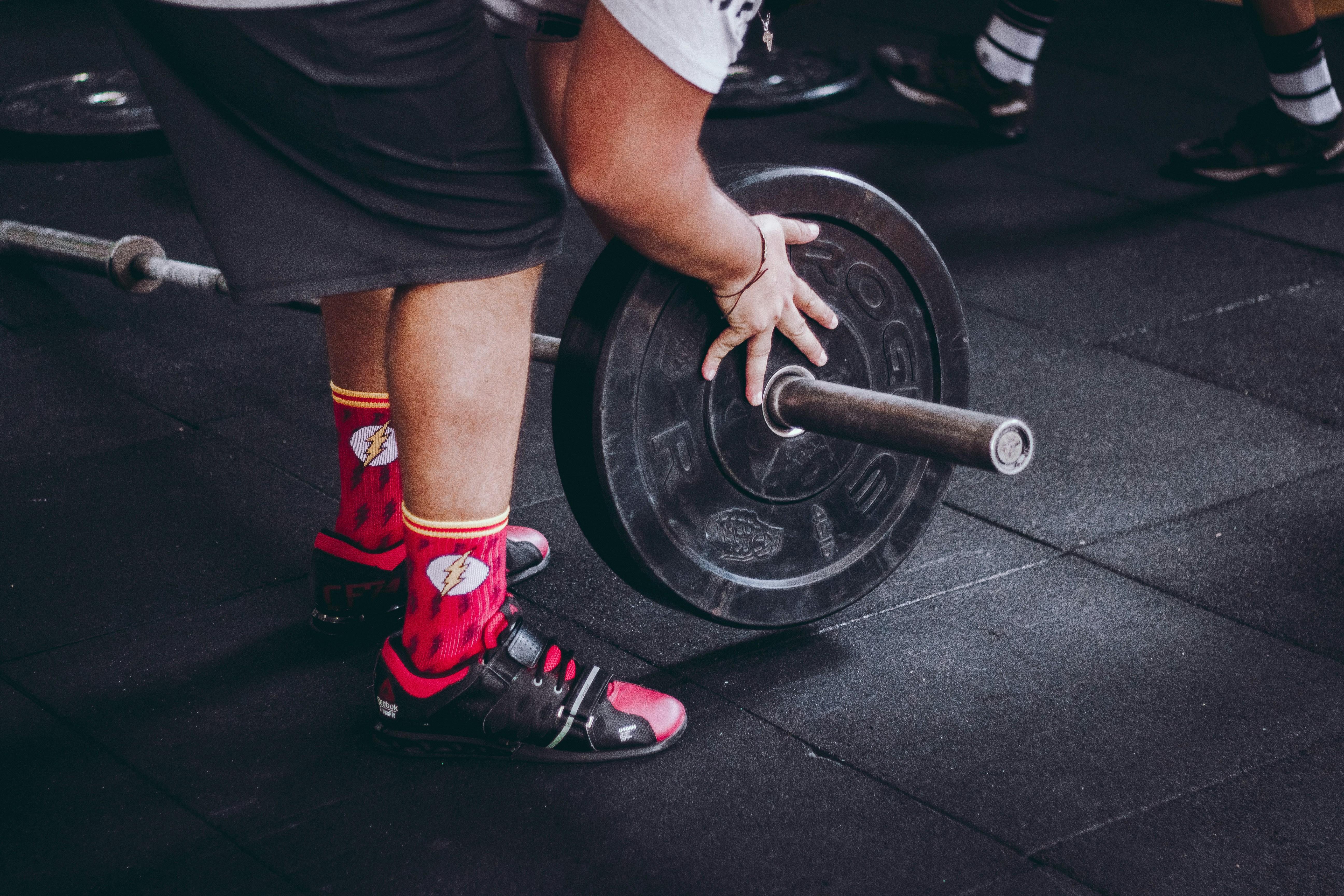In the bustling world of fitness, where every rep, set, and stride is meticulously planned, a quiet debate simmers beneath the clatter of dumbbells and the whir of treadmills. It’s a question that bridges the gap between the iron jungle and the rhythmic hum of cardio enthusiasts: should weightlifting be combined with cardio in the same session? On one side, there are those who swear by the singular focus of lifting, valuing the strength and muscle-building benefits that come with undivided attention. On the other, cardio advocates argue for the heart-pumping, endurance-enhancing merits of a good run or cycle. In the middle, a growing number of fitness aficionados are exploring the synergy of blending these two disciplines, seeking to harness the benefits of both in a single workout. This article delves into the science, the anecdotes, and the practicalities of this hybrid approach, aiming to shed light on whether this combination is a match made in fitness heaven or a recipe for burnout.
Balancing Act Exploring the Science of Simultaneous Cardio and Weightlifting
In the realm of fitness, combining weightlifting and cardio within the same session is a topic of ongoing exploration. Research suggests that integrating these two forms of exercise can lead to enhanced overall fitness, but it requires a strategic approach to maximize benefits. The order in which you perform them, as well as the intensity and duration, plays a crucial role in achieving your desired outcomes. Here are some factors to consider:
- Energy Management: Starting with cardio might deplete your energy reserves, potentially impacting your strength training performance. Conversely, beginning with weightlifting allows you to leverage peak energy levels for lifting, possibly leading to greater muscle gains.
- Fitness Goals: If your primary aim is to build muscle, prioritizing weightlifting could be more beneficial. However, if cardiovascular endurance is your focus, starting with cardio might be advantageous.
- Recovery Time: Balancing these exercises in one session could extend recovery times. It’s essential to listen to your body and adjust rest periods accordingly.
Ultimately, the key lies in aligning your workout structure with your personal fitness objectives and listening to your body’s signals. By doing so, you can navigate this balancing act effectively, ensuring each session contributes meaningfully to your overall fitness journey.

Maximizing Your Workout How to Effectively Combine Cardio and Strength Training
Combining cardio and strength training within a single session can yield impressive fitness results when done correctly. By strategically integrating these two forms of exercise, you can enhance endurance, build muscle, and burn fat more efficiently. To achieve this, consider the following tips:
- Alternate Intensity: Start with a high-intensity cardio burst, followed by strength exercises to keep your heart rate elevated while allowing muscles to recover.
- Prioritize Your Goals: If your primary goal is muscle building, focus on weightlifting first, as it requires more energy and concentration. Conversely, if endurance is your target, kick off with cardio.
- Mix It Up: Use circuits or intervals that combine short bursts of cardio with strength movements, such as jumping jacks paired with squats, to keep the workout dynamic and engaging.
Ultimately, the key is to listen to your body and find a balance that suits your fitness level and goals. By thoughtfully planning your sessions, you can enjoy the benefits of both cardio and strength training without compromising on performance or results.

The Benefits and Drawbacks of Mixing Cardio with Weightlifting in One Session
Combining cardio with weightlifting in a single session can offer a dynamic workout experience, but it comes with its own set of advantages and challenges. On the plus side, integrating cardio and strength training can maximize calorie burn and improve cardiovascular health while building muscle. This hybrid approach can also save time, making it ideal for those with busy schedules. Additionally, alternating between cardio and weightlifting can keep the workout engaging, reducing monotony and potentially increasing adherence to a fitness regimen.
- Advantages:
- Enhanced calorie expenditure
- Improved cardiovascular fitness
- Time-efficient workouts
- Increased workout variety
- Drawbacks:
- Potential for decreased performance in either cardio or weightlifting
- Risk of overtraining if not properly managed
- Increased fatigue levels
However, there are potential drawbacks to consider. Mixing both disciplines can sometimes lead to compromised performance, especially if one discipline is prioritized over the other. This can result in insufficient recovery, increased fatigue, and even overtraining if sessions are not carefully balanced. It’s crucial to tailor workouts to individual fitness goals, ensuring that neither cardio nor weightlifting is unduly sacrificed.

Crafting the Perfect Routine Expert Tips for Integrating Cardio and Weightlifting
Integrating both cardio and weightlifting into your workout regimen can offer a well-rounded approach to fitness, blending the benefits of cardiovascular health with strength and muscle building. However, when combining these two elements within the same session, there are a few expert tips to consider for maximizing effectiveness and minimizing fatigue.
- Prioritize Your Goals: Determine whether your primary goal is to improve cardiovascular endurance or to increase muscle strength. This will guide the order of your exercises. If cardio is your main focus, start with it to ensure you have enough energy. Conversely, if building muscle is your priority, begin with weightlifting.
- Balance Intensity and Volume: Avoid overexerting yourself by balancing the intensity and volume of each workout type. If you opt for a high-intensity cardio session, consider a lighter weightlifting routine, and vice versa.
- Incorporate Rest and Recovery: Ensure that your routine includes adequate rest periods to allow for recovery. This could mean alternating days of high-intensity workouts with lighter activities or rest days.
By thoughtfully combining cardio and weightlifting, you can create a synergistic workout that enhances overall fitness without compromising on either element.
